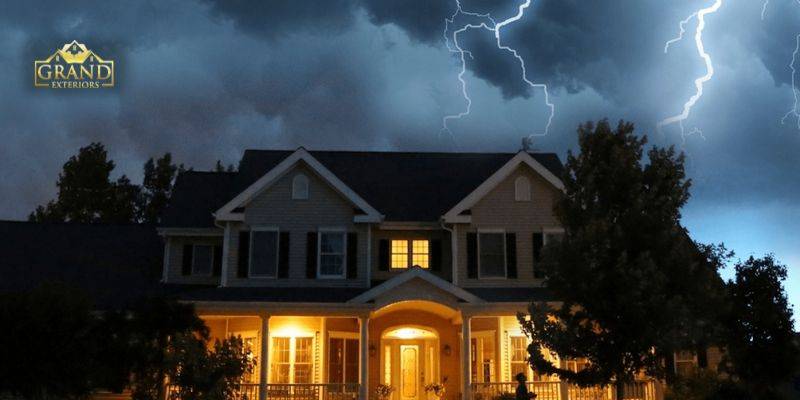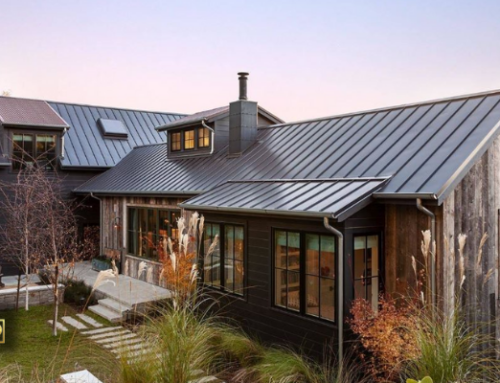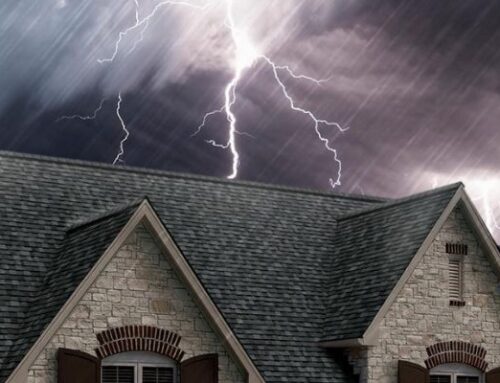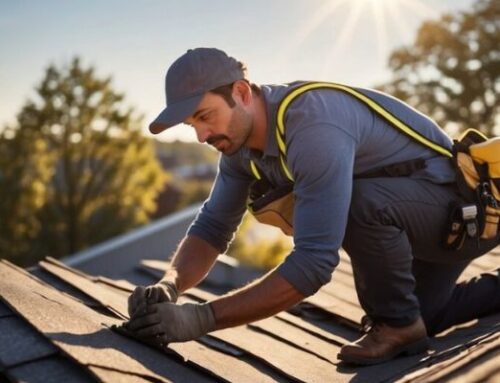Your home is not only a significant financial investment but also a place of safety and comfort for you and your loved ones. When it comes to protecting your home from natural disasters, one crucial area to focus on is the roof. Storms, including hurricanes, tornadoes, and severe thunderstorms, can pose a serious threat to the structural integrity of residential roofs. To minimize the risk of storm damage, it’s essential to implement proactive strategies that strengthen and protect your roof.
Regular Inspections and Maintenance
The first line of defense against storm damage is a well-maintained roof. Conduct regular inspections to identify and address any issues promptly. Look for loose or missing shingles, damaged flashing, and signs of wear and tear. Replace any damaged or deteriorating roofing materials to ensure that your roof can withstand the force of strong winds and heavy rain.
Reinforce Roofing Materials
Consider reinforcing your roofing materials to enhance their durability and resistance to storm damage. High-quality, impact-resistant shingles can provide an extra layer of protection against hail and debris. Additionally, using adhesive to secure shingles in place can help prevent them from lifting during strong winds. Consult with a roofing professional to determine the best materials and reinforcement techniques for your specific region and climate.
Trim Overhanging Trees
Overhanging branches can pose a significant risk to your roof during storms. Strong winds can cause these branches to break and fall onto your roof, leading to damage. Trim branches that extend over your roof and remove any dead or weak trees that may pose a threat. This not only protects your roof but also reduces the risk of injury or damage to your property during a storm.
Install Hurricane Straps
If you live in an area prone to hurricanes or high winds, consider installing hurricane straps. These metal connectors help secure your roof to the frame of your house, providing additional support during severe weather. Reinforcing the connection between your roof and the structure of your home can prevent the roof from lifting off during a storm, minimizing the risk of significant damage.
Upgrade to Impact-Resistant Windows and Skylights
In addition to securing your roof, it’s essential to address other vulnerable points in your home, such as windows and skylights. Upgrading to impact-resistant windows and skylights can reduce the risk of breakage during a storm, preventing water from entering your home and causing additional damage.
Invest in a Quality Underlayment
The underlayment is a crucial layer beneath the outer roofing materials. Invest in a high-quality, waterproof underlayment that provides an extra barrier against water infiltration. This can be particularly beneficial in regions prone to heavy rainfall or hurricanes, where preventing water damage is crucial to maintaining the integrity of your home.
Install a Lightning Protection System
Lightning strikes during storms can cause severe damage to your home, and your roof is particularly vulnerable. Installing a lightning protection system can help divert the electrical charge away from your home, reducing the risk of a direct strike causing fire or structural damage. Consult with a professional to determine the most effective lightning protection system for your specific roofing and structural configuration.
Ensure Proper Attic Ventilation
Proper attic ventilation is essential for maintaining the health of your roof. During storms, the pressure differences between the inside and outside of your home can lead to uplift forces that may damage the roof structure. Adequate attic ventilation helps equalize this pressure, reducing the risk of structural damage. Ensure that vents are unobstructed and in good working condition to promote optimal airflow.
Reinforce Gable Ends
Gable ends are the triangular portions of the wall at the end of a pitched roof. These areas are susceptible to wind uplift during storms, which can lead to significant damage. Reinforce gable ends with bracing to enhance their structural integrity. This preventative measure is especially important in regions prone to hurricanes and high-wind events.
Invest in a Robust Gutter System
Effective water management is crucial for preventing water damage during storms. Ensure your gutter system is clear of debris and adequately directs water away from your home’s foundation. Consider installing gutter guards to prevent clogs and reinforce the attachment of gutters to the roofline. This will help prevent water from pooling on your roof and minimize the risk of leaks and water damage.
Secure Loose Items Around Your Home
In addition to fortifying your roof, take measures to secure loose items around your property. Patio furniture, gardening tools, and other outdoor objects can become projectiles during high winds, posing a threat to your roof and windows. Stow away or secure these items before a storm to minimize potential damage.
Develop an Emergency Plan
While not a direct preventative measure for your roof, having a well-thought-out emergency plan is essential for ensuring the safety of your family during severe storms. Know the evacuation routes, assemble an emergency kit, and have a communication plan in place. Being prepared can minimize stress during storm events and allow you to focus on safeguarding your home.
Conclusion
Protecting your residential roof from storm damage requires a proactive and comprehensive approach. Regular inspections, maintenance, and strategic upgrades can significantly reduce the risk of costly repairs and ensure the safety and security of your home. By implementing these strategies, you can fortify your roof against the forces of nature and enjoy greater peace of mind, knowing that your home is well-prepared to weather any storm.




